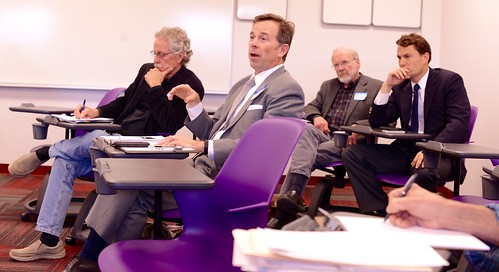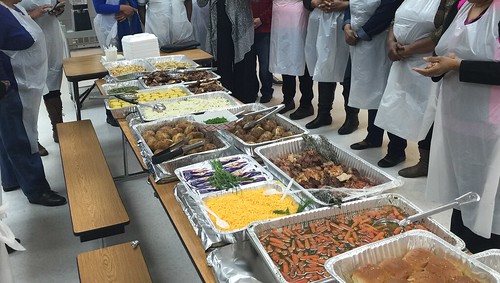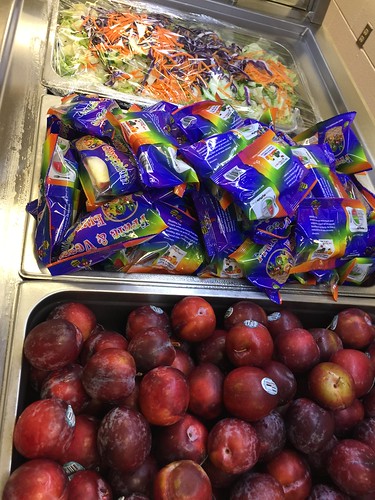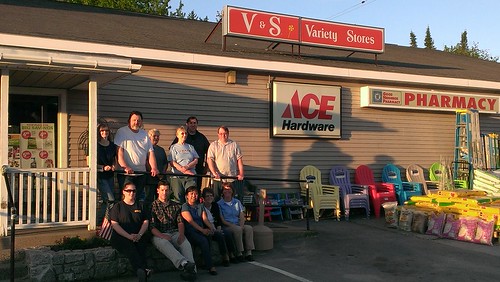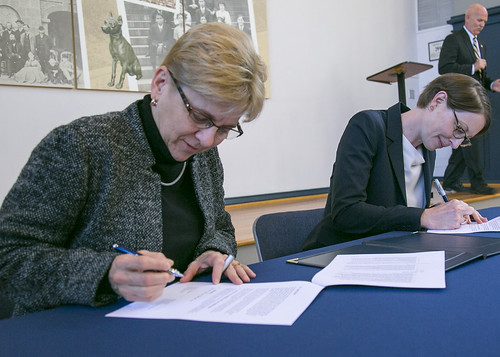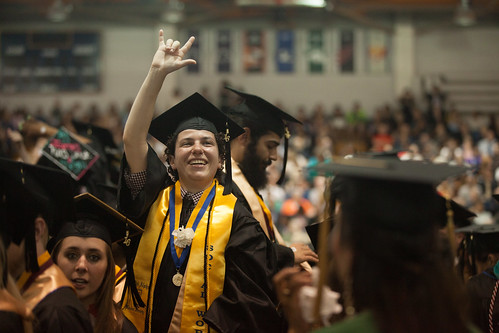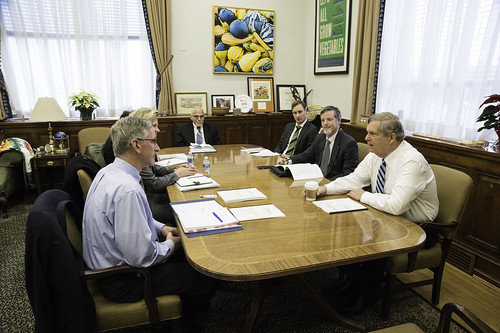Guest commentary from Lauren Kurtz
The Climate Science Legal Defense Fund (CSLDF) was founded in September 2011 to defend climate scientists from harassing and invasive attacks via the legal system. Five years in, we’re expanding our efforts to reflect the new challenges scientists face, including increasing education and outreach work. Now more than ever, it’s important that scientists prepare themselves for how best to deal with political harassment or legal intimidation. Below are 10 things that every scientist should consider.
In addition, for those in San Francisco next week for the American Geophysical Union (AGU) Fall Meeting, please consider attending one of our events. We’re hosting a symposium on how open records laws have been used to attack scientists on the morning of Wednesday, December 14, which includes a talk from Michael Mann. Our booth in the Exhibit Hall (booth 1523) will also have free legal education materials, including our new Pocket Guide to Handling Political Harassment & Legal Intimidation. And as in years past, email lawyer@climatesciencedefensefund.org to schedule a free in-person consultation with a lawyer at AGU.
1 – Take a deep breath & remember other scientists have gone through this before
First remember that other scientists have been through this before and come out the other side. And while being the target of an attack is frustrating and intimidating, you are not alone. Groups like CSLDF exist to help defend, connect scientists under attack to other researchers who have been through this before, and ensure that scientists can keep their focus on their work.
2 – Call a lawyer if in doubt
If you’re worried that you’re becoming the target of harassment or intimidation, including receiving a request that seems politically motivated, seek counsel before you respond. Your institution likely retains legal counsel that you can contact, but it is important to remember that your institution’s counsel represents the institution’s legal interests, which may differ from your own.
You can always contact CSLDF, where our mission is to provide free legal counsel to climate scientists facing attacks as a result of their work. Call (646) 801-0853 or email lawyer@climatesciencedefensefund.org
3 – Understand whether state and/and federal open records laws may apply to you
One common legal attack on scientists has been through open records laws—the federal Freedom of Information Act (FOIA) or state equivalents. Intended (and mostly used) to promote transparency by allowing citizens to request copies of government records, these laws have also become a tool used to harass scientists. Publicly funded scientists have received open records requests for reams of documents, including emails, peer review correspondence, and preliminary drafts. Scientists employed by the government or by public universities, or who have received government grants—including National Science Foundation (NSF) grants—should recognize that open records laws may apply to them.
Understand whether state and/or federal open records laws are applicable to you. Reach out to your institutional counsel, the staff in your institutional records office, or a legal group like CSLDF who can help you understand the laws that may affect you.
4 – Separate personal and professional emails
Do not use professional email accounts for personal emails and vice versa. Separating personal and professional emails reduces the likelihood that personal correspondence will be affected by an open records request (which only applies to public records) or other legal action related to your work. Similarly, avoid any temptation to use your personal email account for professional correspondence. If it can be shown that your personal email contains professional records, this may result in you needing to turn over your personal email account to legal review. (Editor’s note: This is really important to minimizing time and effort that need to be devoted to dealing with requests or legal actions. Do it now.)
5 – Remember that emails are not always private
Emails may be disclosed due to open records requests or legal actions, or can be hacked. Be sure to conduct professional correspondence in a professional manner. If you are discussing a sensitive issue, consider having an in-person or telephone conversation instead of emailing.
6 – Understand record-keeping requirements
Employees and consultants at public institutions, including government scientists and public university researchers, should retain all public records. The precise definition will vary by state, but generally, these are documents relating to public business.
Be aware that grants may require that you follow specific record-keeping rules: for example, NSF grants stipulate that research data, including databases, must be shared.
Even if no strict document retention requirements apply to your situation, we recommend that you keep files for a few years, as anyone can be made to look bad when things are missing.
7 – Exercise discretion when talking to a journalist
Before agreeing to speak to a reporter or interviewer, research their work. Think carefully about how or whether to speak with a hostile journalist, as you are unlikely to change their opinions, and you may instead provide more fodder for an attack. (Also understand your institution’s rules for speaking to the press and otherwise communicating your research to the public, and when clearance requirements may apply.) If you do choose to speak to a reporter, come to the interview well prepared. Consider the questions you are likely to be asked and outline draft answers. For higher-profile situations, your institution’s public relations office or scientific society may be able to assist you with preparing your message. (Editor’s note: See also the UCS guide to talking to the media for scientists.)
8 – If you receive harassing messages, do not respond and do not delete
Do not respond to messages you feel were sent in bad faith – instead archive or save, in case you ever need evidence to prove that it happened, which is especially important if the situation escalates. Look for signs that the sender is wasting your time or seeking to provoke you, as a correspondent may be seeking to rattle you, use your response to malign you publicly, and/or use your response as a launchpad for further harassment. If you do respond to a seemingly valid inquiry, remember that any response you write may be forwarded or published online, and be cognizant of the time lost by caught up in endless back-and-forth arguments. (Editor’s note: See also the UCS guide to responding to criticism or personal attacks.)
9 – If you receive threatening messages, contact your employer / law enforcement
Report the threats to your institution (your supervisor and the human resources staff are probably the best starting points) as well as law enforcement. Contact a legal group such as CSLDF, especially if law enforcement becomes involved. A lawyer can help you navigate the situation.
10 – For more information on particular legal situations, check out our new Pocket Guide to Handling Political Harassment & Legal Intimidation
Our 16 page guide has more specific advice on how to protect yourself against and/or respond to political or legal attacks. As mentioned above, free copies will be available at our climate science & law symposium on the morning of Wednesday, December 14, and at our booth in the AGU Exhibit Hall (booth 1523). You can also join our email mailing list to be notified as soon as electronic copies are available on our website, as well as stay updated on other CSLDF developments.
